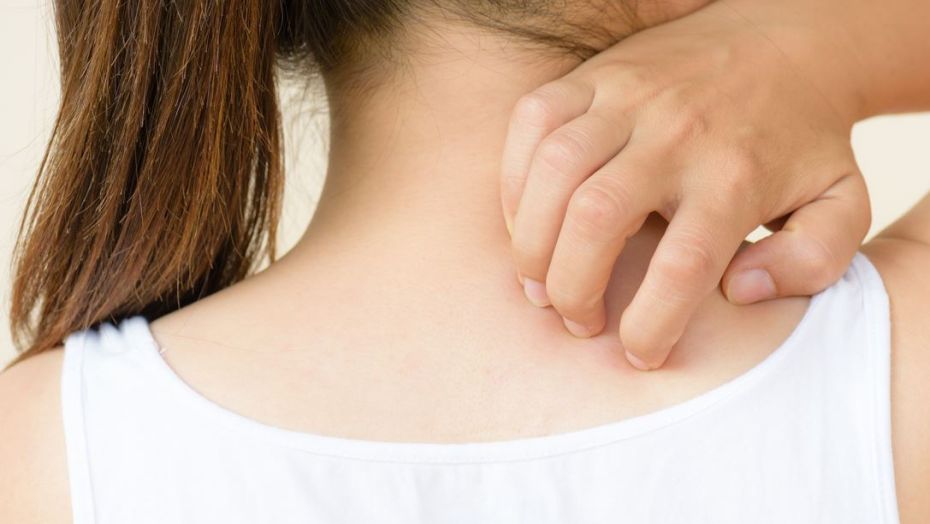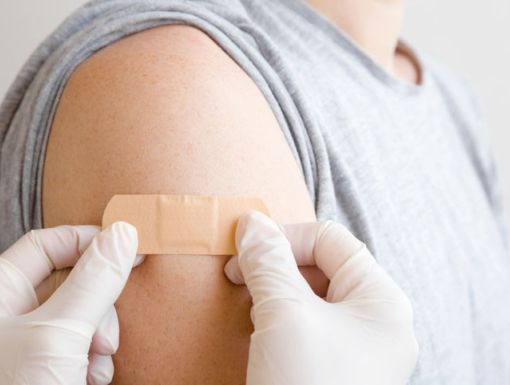
Ringworm Infection: What You Need to Know
The sound of ringworm is enough to make your skin crawl, but it’s not as creepy or crawly as it may seem. In fact, you might be surprised to learn that a fungus, and not an actual worm, causes ringworm. This common and highly contagious skin infection gets its name from the red, itchy, ring-shaped rash that forms. Read on to learn more about the causes and symptoms of this fungal infection and what you need to know about getting rid of ringworm.
What are the types of ringworm?
Ringworm goes by different names based on which body part it affects. Types of ringworm infections include:
- Athlete’s foot: Also called tinea pedis, this fungal infection causes an itchy, burning skin rash between your toes and on the soles of your feet. Your skin may become scaly and cracked or develop blisters.
- Jock itch: Tinea cruris, or jock itch, causes a red, itchy rash in your groin, upper thighs or rectum. Some people get blisters.
- Scalp ringworm: Tinea capitis affects children more than adults. It causes scaly, red, itchy bald spots on the scalp. If left untreated, the bald spots can grow and become permanent.
- Body Ringworm: Tinea corporis is a classic round rash with raised edges and a lighter center. Sometimes it can appear similar to eczema. Be sure to see your doctor if the ringworm does not go away after trying medication.
What are the causes of ringworm?
Ringworm is a contagious fungal infection caused by common mold-like parasites that live on the cells in the outer layer of your skin. It can be spread in the following ways:
- Human to human. Ringworm often spreads by direct, skin-to-skin contact with an infected person.
- Animal to human. You can contract ringworm by touching an animal with ringworm. Ringworm can spread while petting or grooming dogs or cats. It's also common in cows.
- Object to human. It's possible for ringworm to spread by contact with objects or surfaces that an infected person or animal has recently touched or rubbed against, such as clothing, towels, bedding and linens, combs and brushes.
- Soil to human. In rare cases, ringworm can be spread to humans by contact with infected soil. Infection would most likely occur only from prolonged contact with highly infected soil.
Who’s at risk for ringworm?
Ringworm affects people of all ages. You’re more at risk for ringworm if you:
- Have a weakened immune system
- Participate in high-contact sports
- Sweat excessively
- Use public restrooms or showers
- Work closely with animals that might have ringworm
What are the symptoms of ringworm?
- Circular, ring-shaped rash
- Itchy skin
- Scaly, cracked skin
- Redness
- Hair loss or bald spots
How is ringworm treated?
Ringworm treatment varies depending on which part of your body is infected. Ringworm treatments include:
- Antifungal creams or powders. Over-the-counter and prescription creams or powders work well on athlete’s foot and jock itch. These products include clotrimazole (Lotrimin®), miconazole (Desenex®) and terbinafine (Lamisil AT®).
- Oral medication. You will likely need to take this medication for one to three months to get rid of the fungus completely. Oral antifungal medications include fluconazole (Diflucan®), griseofulvin (Griasctin®), itraconazole (Sporanox®) and terbinafine (Lamisil®).
- Antifungal shampoo. Your doctor may prescribe an antifungal shampoo to stop scalp ringworm from spreading. But using antifungal shampoo alone won’t cure scalp ringworm. You also need to take a prescribed oral antifungal medication. Uninfected family members may also need to use the shampoo to keep from getting ringworm.
Ringworm can be unpleasant, but it's important to follow your doctor’s treatment plan for as long as recommended. Ending treatment too soon can cause ringworm to return and make the infection harder to treat.
To learn more about Dr. Mai Lam or to make an appointment, click here



